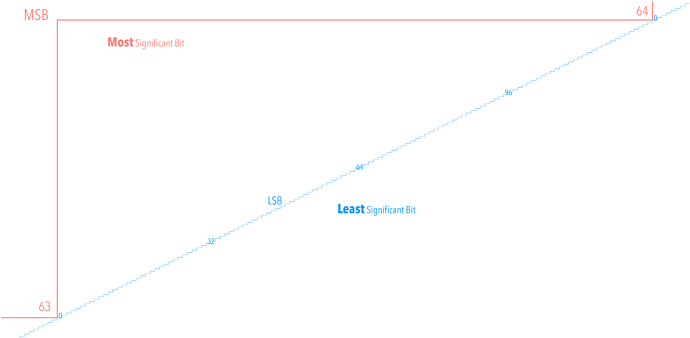Hey, Dave
I made the diagram below for a topic about pitchbend.
To paraphrase:
14bit is like two linked CCs, MSB taking one step for every 128 LSB steps:
Gives 128 x finer ‘resolution’ than CC
One way to think about is
CC is like measuring up the street in metres
RPN is like measuring in metres and centimetres
This means that you can send a coarse mix control to Wingie2, by sending a variable CC11 and a fixed CC43† (say = 64).
Maybe try this first: if it doesn’t sound “steppy” to you then 7-bit will do!
† it maybe that Wingie will only play ball with both CCs being sent each time. maybe not
